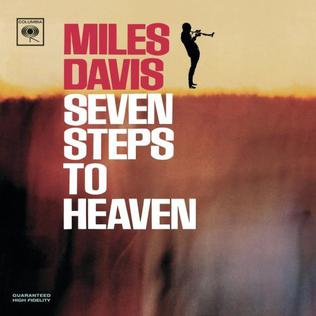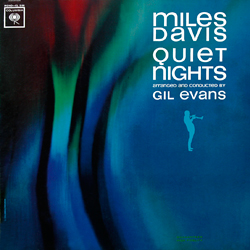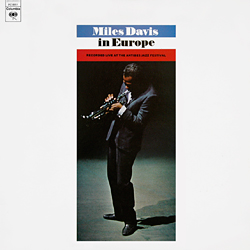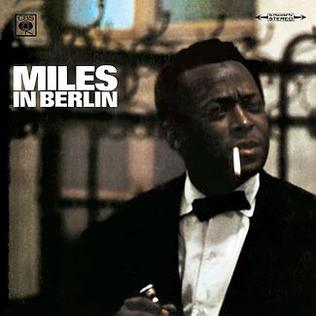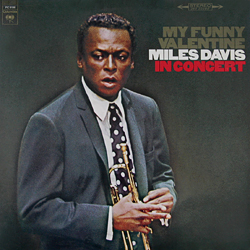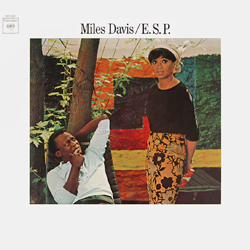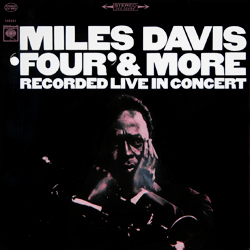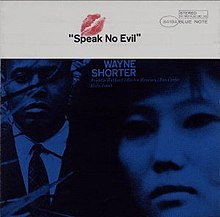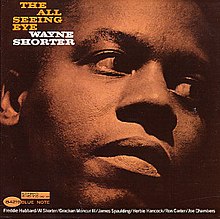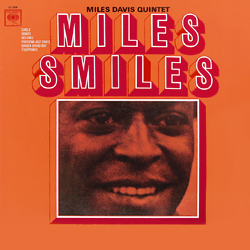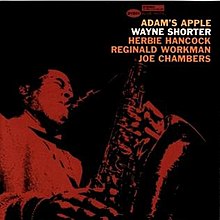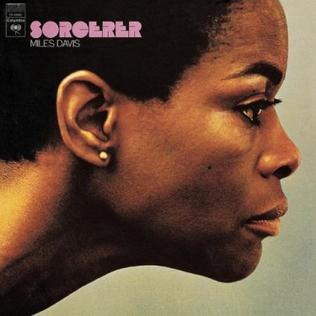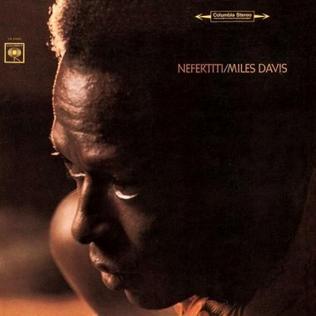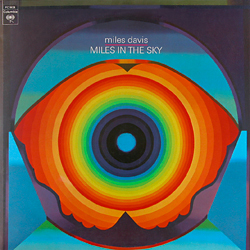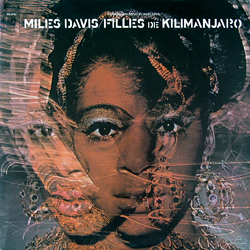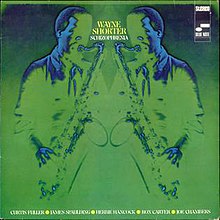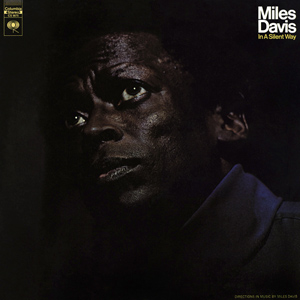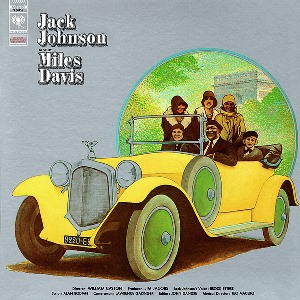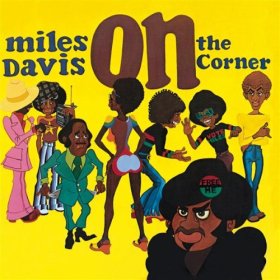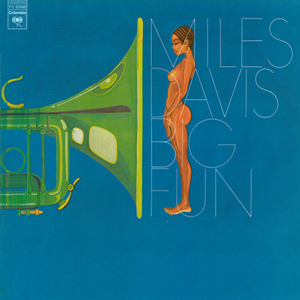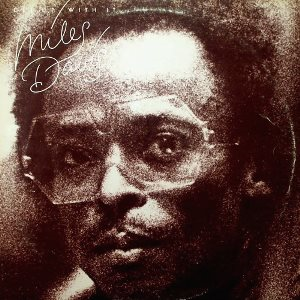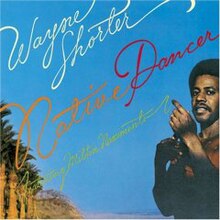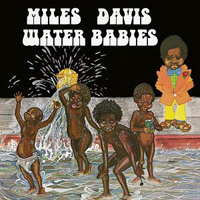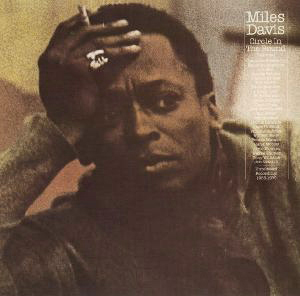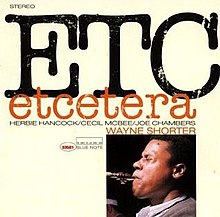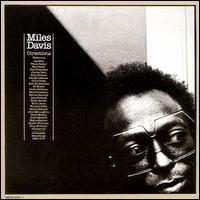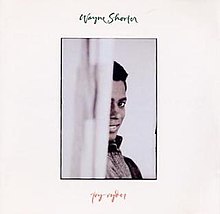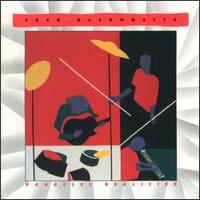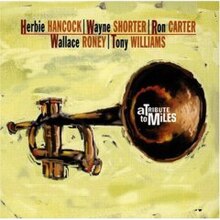Born on April 12, 1940, in Chicago, Illinois, Herbie Hancock is a name that resonates with innovation, exploration, and the very essence of jazz evolution. From his early forays into classical music as a child prodigy to his monumental contributions to jazz, Hancock’s trajectory is a testament to relentless creativity.
In the early 1960s, joining the second great quintet of Miles Davis, Hancock carved a niche with his inventive use of harmony and rhythm. This period, characterized by albums like “E.S.P.” and “Nefertiti”, witnessed a significant shift in jazz paradigms, pushing boundaries and redefining the role of a rhythm section.
The 1970s marked another phase of transformation for Hancock, as he delved into the electronic world. Albums like “Head Hunters” and “Thrust” showcased a fusion of jazz with funk and electronic elements, capturing the zeitgeist of the era and opening doors to new listenership demographics. For those exploring “fusion jazz” or “jazz-funk pioneers”, Hancock’s works from this period remain quintessential.
Throughout the subsequent decades, Hancock’s penchant for exploration remained undiminished. Whether it was collaborating with modern pop artists, venturing into world music, or revisiting acoustic jazz, his adaptability and openness to various genres kept him relevant and influential.
Herbie Hancock’s legacy isn’t limited to his recordings. As an educator, he has inspired countless young musicians, emphasizing the importance of understanding tradition while embracing innovation. Additionally, his efforts as a UNESCO Goodwill Ambassador, promoting intercultural dialogue through music, highlights his belief in the unifying power of music.


